Once a pen-in-hand illustrator, art student Caroline Mills has fallen for the digital dimension.
To her, the endless expanse (i.e. black hole) of the internet isn’t daunting—instead, like an archeologist, she digs out long-forgotten inspiration to form something completely new. We chatted with the Philadelphia-based artist about why art school was right for her and the bittersweet loss of traditional skill in the artist community. Read on below:
Hey! First off, tell us a bit about yourself. What have you been up to lately?
Hi! I’m Caroline Mills, I’m 19 years old, I was born in Philadelphia and I’m a Philadelphia-based artist. I go to Tyler School of Art at Temple University, and I’m a printmaking major! I usually spend my time making prints, studying films, reading books or listening to music.
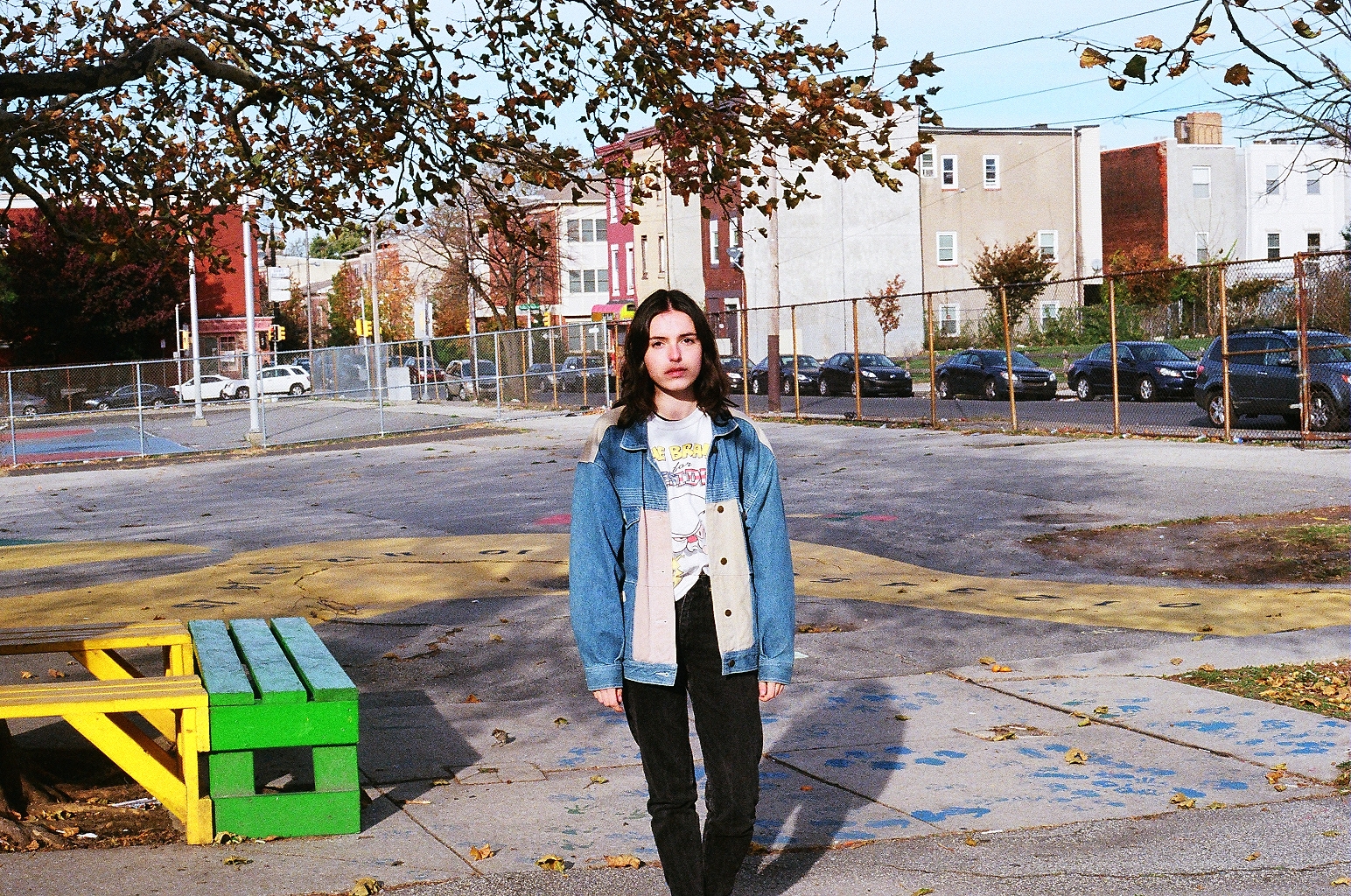
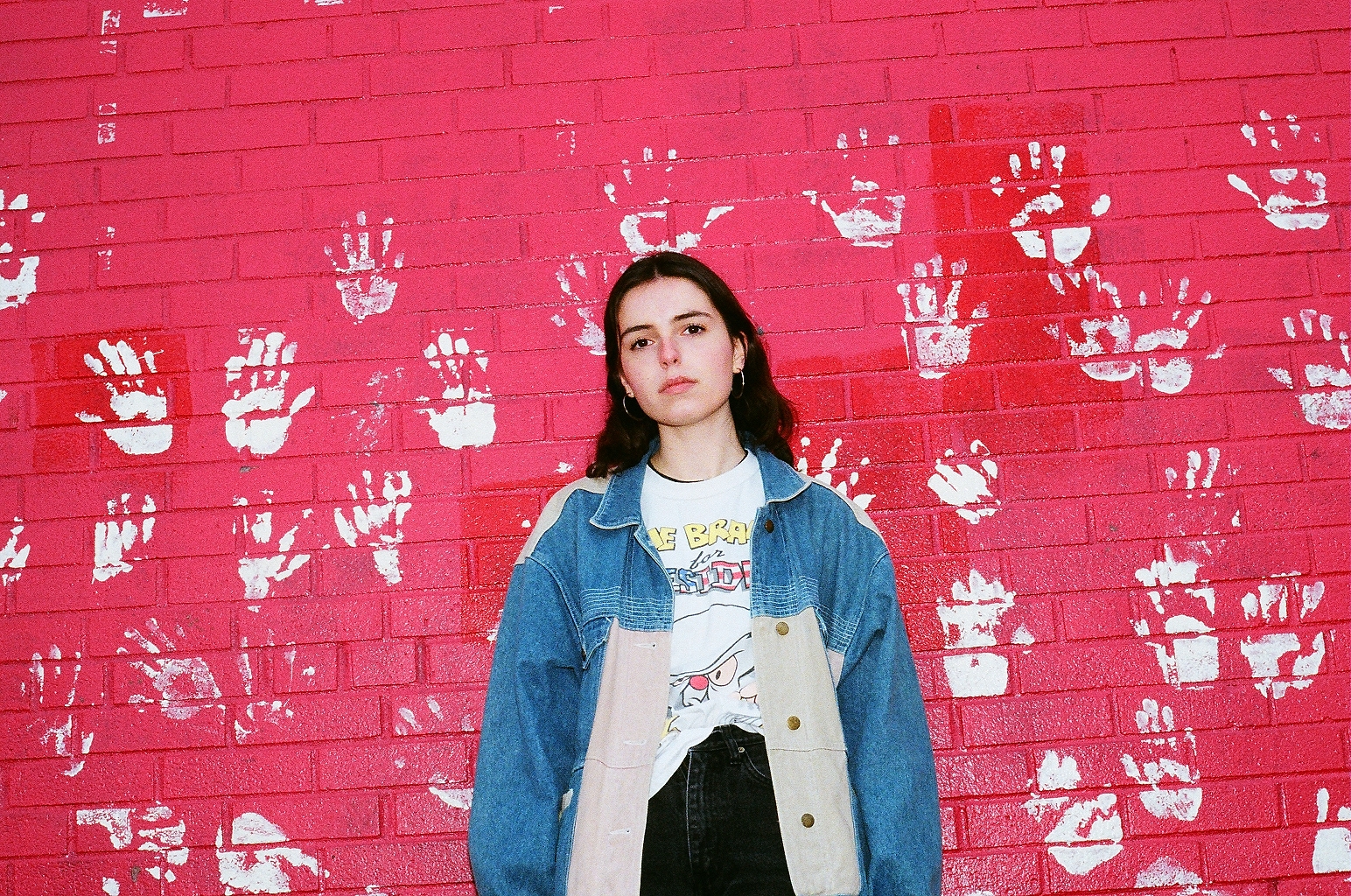
Talk us through the process of one of your works.
My process with art isn’t planned. Either I dive straight in, or I don’t do it at all. There is no preliminary plans or sketches. Personally, I like to go right into a piece and put my whole heart in it rather than planning it out and changing it every so often. Planning feels artificial to me. I build a collection of references and then come up with an idea for a drawing and get straight into it. It’s an instinct-based activity for me.
I think there’s a lot of misunderstanding about digital illustration. Why do you choose to work with this medium and how do you find it a better tool than traditional pencil + paper to portray your artistic ideas?
Before I got into digital illustration, my style was traditionally graphic and commercial. I used and still use bright and thick-tipped markers or crayons to give the graphic style to my traditional art. I think I got into digital art because it gave me the opportunity to be graphic in a quicker amount of time. I was able to produce more pieces and I discovered they could be mass-produced as well. Digital art also has a vast amount of tools—every possible color, premade textures, text, shapes, lines, etc. In this day and age, social media plays a lot in an artist’s career so to be able to produce art in that quick of a time period is extremely helpful and innovative.
A lot of your work involves text overlay—how do you choose what this will be? Are you quoting specific films or songs or coming up with these quips on your own?
Text for me is extremely interesting in the context of art. Most of the text I include in my pieces are from songs, but I try to keep the quotes as vague as possible. I like to leave the meaning of it up to the viewer. I can’t really specify why, but I find obscure art more intriguing than art that has the whole theme displayed so obviously. I like to come up with different ideas about pieces and I think applying vague text helps with that idea.
There’s also a lot of collage elements in your work, did you experiment with IRL collages before moving to digital?
I actually dove straight into digital collaging. I never got into the cutout magazine type of art. I found it easier to go into the ‘deep void’ of the Internet and pick and choose what seemed appealing to me, rather than rummaging through books and magazines. More recently I’ve actually been exploring old National Geographic magazines or old science books but I scan them rather than cut them out. I like the juxtaposition of an old image scanned with graphic texts and images displayed next to them. I think there’s something special about preserving an old image but still adding modern day techniques to it to create a piece.
With the new age of the incredibly accessible “internet art” and vaporwave aesthetic, do you think that the entry point for being an artist is lower than ever before? If so, do you see this as a positive thing or does it just increase the chances of skilled artists getting lost in the fray?
I think the entry point for being an artist is extremely low. With the advancement in social media and technology, anyone can become an ‘artist’ just by tracing a picture and posting it on Instagram, Twitter, or Facebook. Most modern digital artists don’t have a formal skill set. Yes Picasso was an abstract artist, but had beautiful traditional art before he discovered his style. I believe that is lost now, and people are finding an easy way out to produce art. I think skilled artists are becoming lost in this group of new-wave artists and skill is becoming optional when it shouldn’t be. Although there are artists out there born with talent, learning about the craftsmanship and technique of making art helps an artist make intentional decisions on their pieces to help create their own individual style.
I love the elements of comic books and retro advertisements in your work—what would you say are your greatest aesthetic inspirations?
I think my biggest aesthetic inspirations would be music videos, old sci-fi films, cartoons, and fashion advertisements. I think commercial art is what inspires me most, because it’s made to apply to all people. The weirder the better.
I’ve also noticed that you often play with religious references. Were you raised with traditional religion? If so, how has this affected your artistic endeavors and if not, why do you consider religious iconography such a powerful artistic tool?
My mother was raised religious. All of my siblings and my mother went to Catholic schools. I was baptized as a baby, but I specifically recall being three years old and telling my parents I didn’t want to go to church anymore. That was the end of it. My mother still has an influence on me with her religious beliefs. I think seeing her pray or bless someone often started my interest for religion. I find the style of religious art incredibly intriguing and it’s one of my favorite types of art. I’m not religious at all, I typically don’t believe in any higher power. On occasion I’ll pray for someone or something to happen but it’s not for myself, it’s for others. Religion is something that’s difficult to put into words because of its vast history, but the idea of largely recognizable images in religion is what really interests me. Religious iconography has a lot of power and influence historically and in day-to-day life. I like channeling this connotation and again juxtaposing these images with things that I find personally interesting or influential.
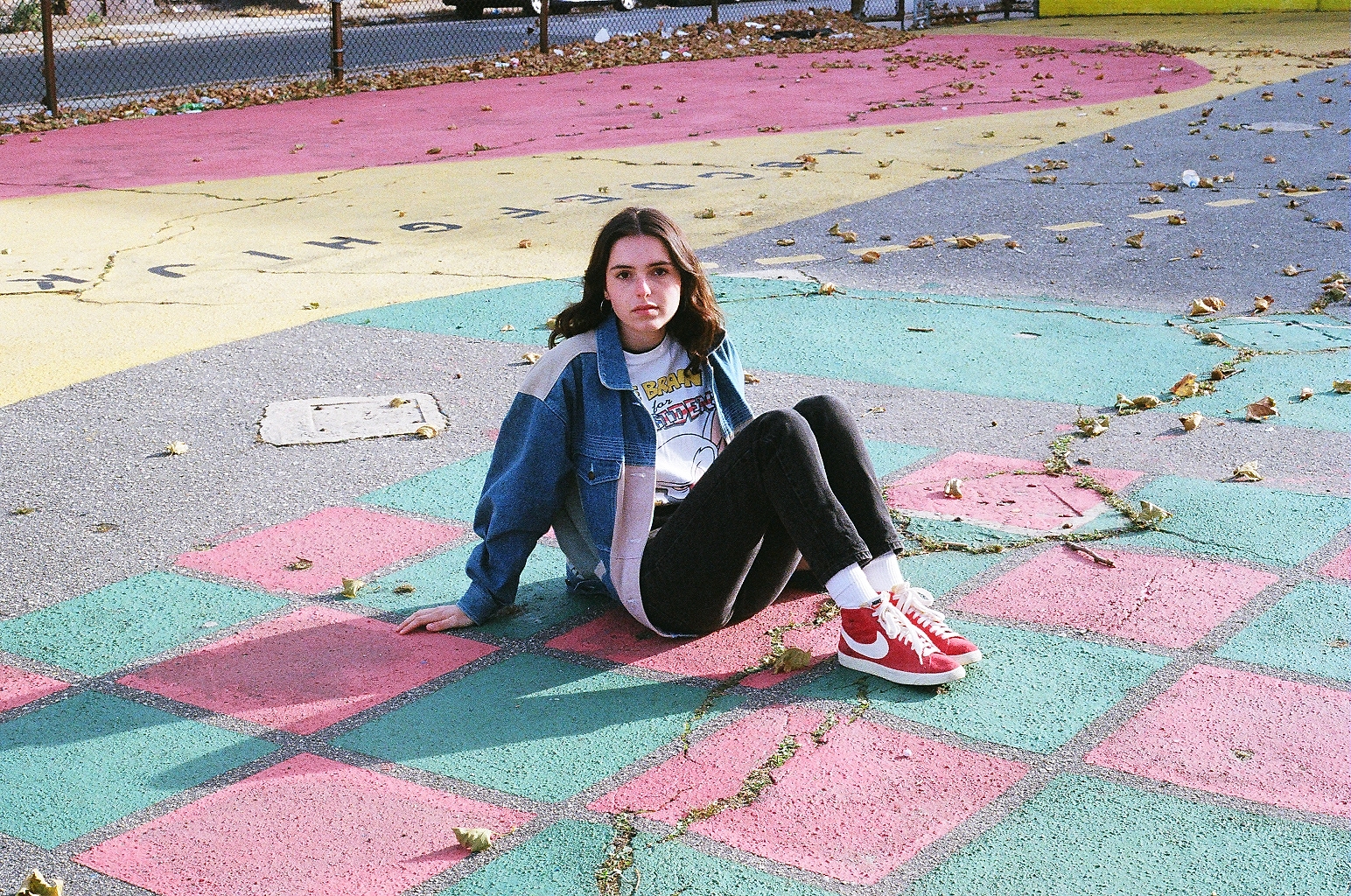
Why did you decide to go to art school? What do you feel are the best things you’ve taken away from it thus far?
I actually decided to go to art school a month before the deadline. Before that I was dealing with my mental illness when it was at its worst, and I didn’t know what to do with my life. I’m very glad I chose to go to school. Not only am I learning completely new skillsets, I’m experiencing the art of others and I’m able to study art more closely instead of being cooped up by myself. Being able to be taught by such creative and interesting people and also be surrounded by creative and interesting people is a gift. I think I’ve learned to critique my own work as well as others work more intellectually and put it into concrete thoughts. Although sometimes I question if I would still be successful without going to school, I think being able to be around other artists is incredibly helpful and I’m grateful to be in an environment like that.
Finally, do you listen to any music or watch any shows while you work? If so, what are you listening to these days?
I always listen to music. My parents were my music mentors when I was a kid. They played all the right music for me to grow up to become interested in music. Music has a lot of influence on my art. Good music is able to make you picture the exact scene that’s going on while the song is playing. I think that is an important part of the process of my art being made. I always listen to the classics, which for me personally consist of new wave, 70s punk, old-school rap, or 90s alternative-rock. Some artists I’ve been listening to recently are Grimes, Rex Orange County, Solange, Blood Orange, Jawncarlo, and Daniel Johnston. There’s a lot more I listen to, but these are just my current favorites!
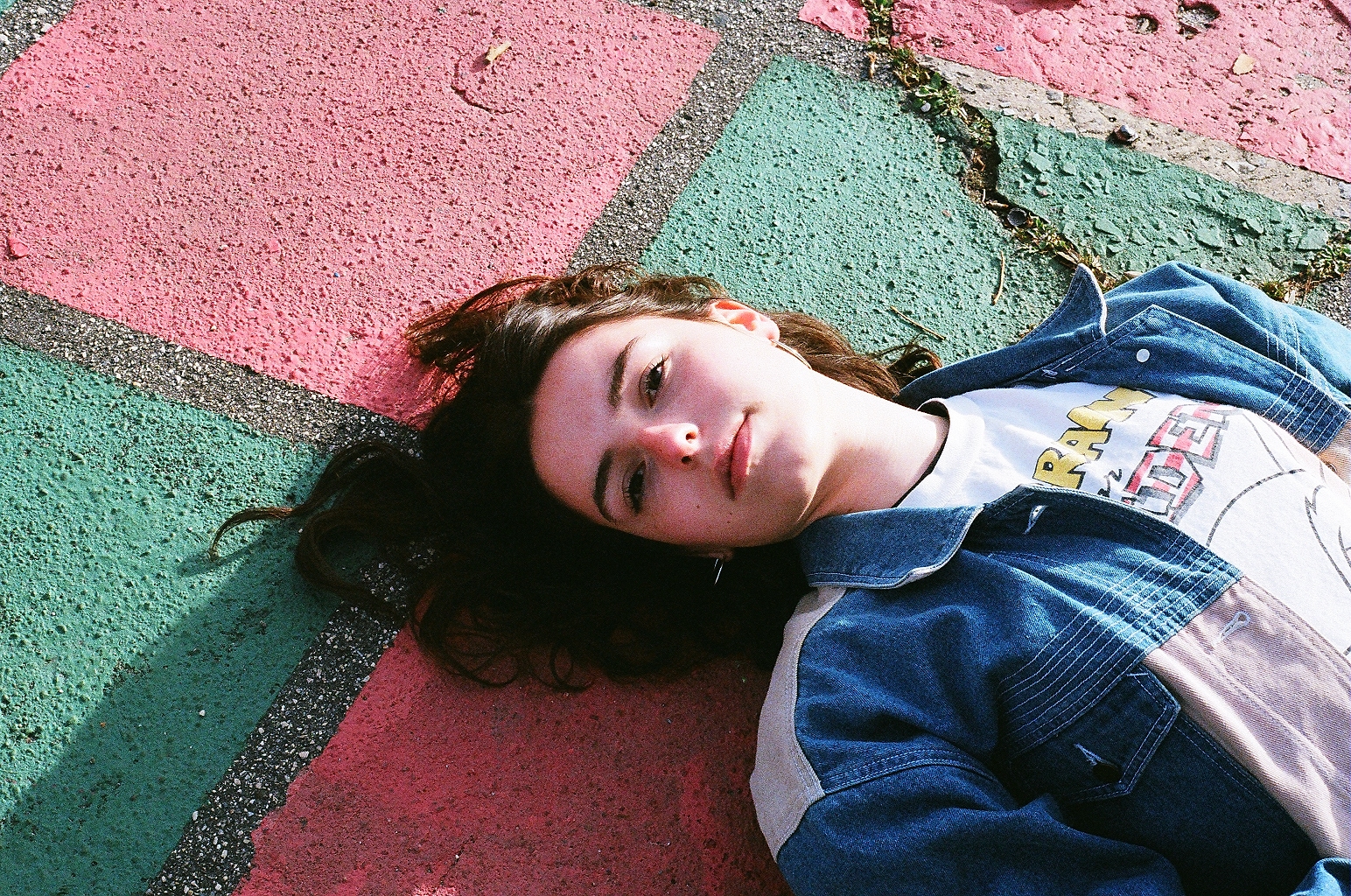
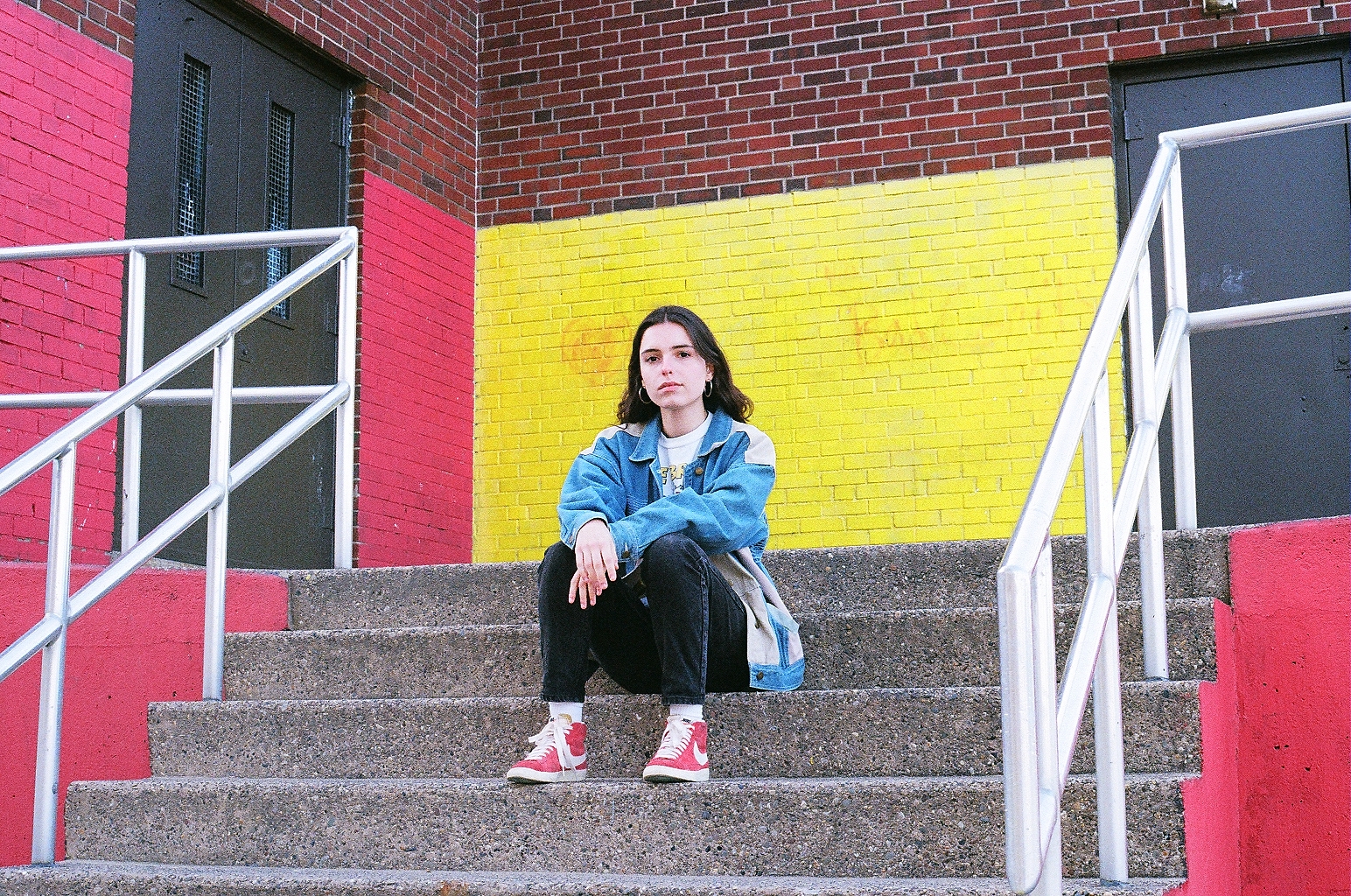
Photos by Morganne Boulden
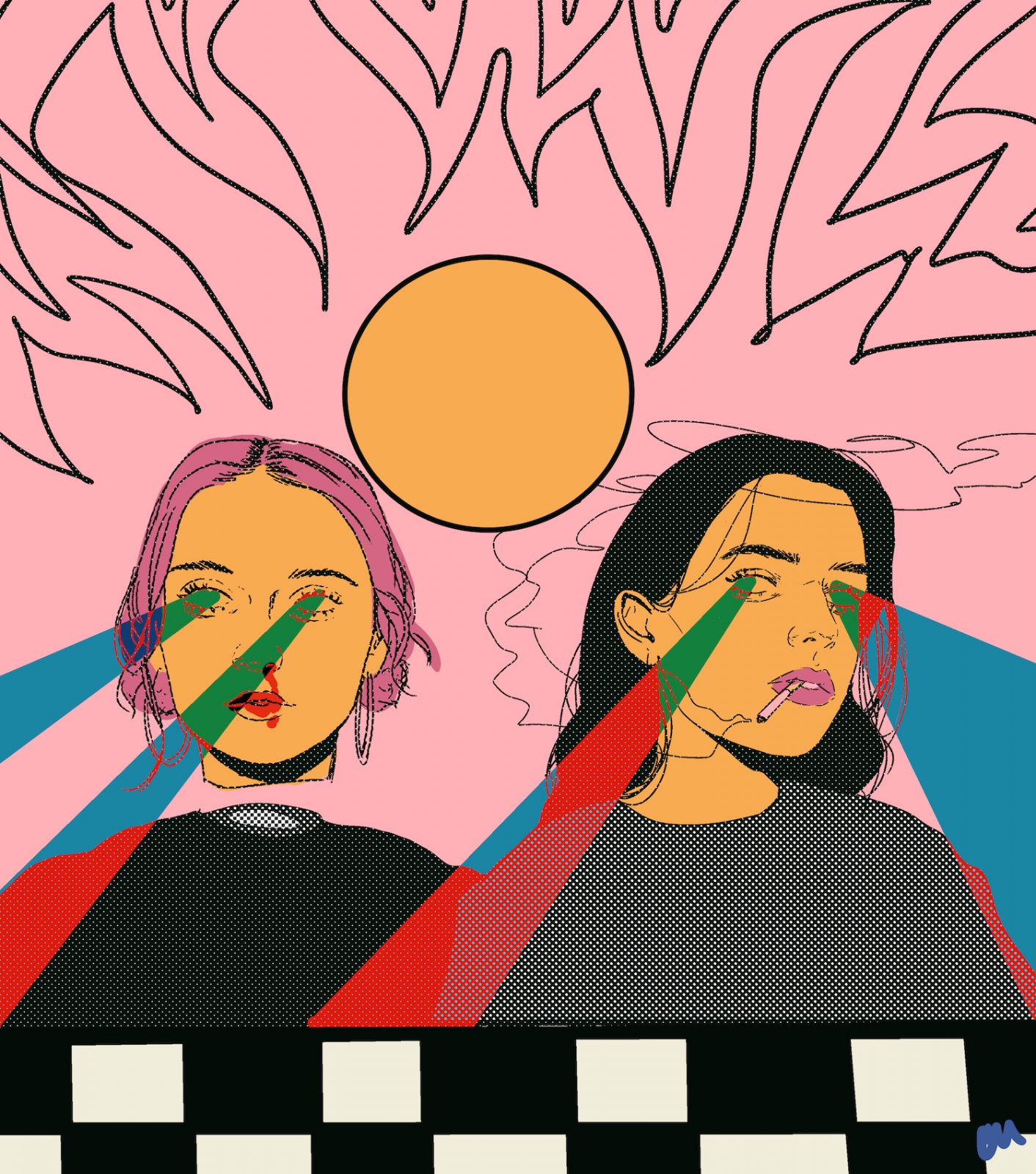
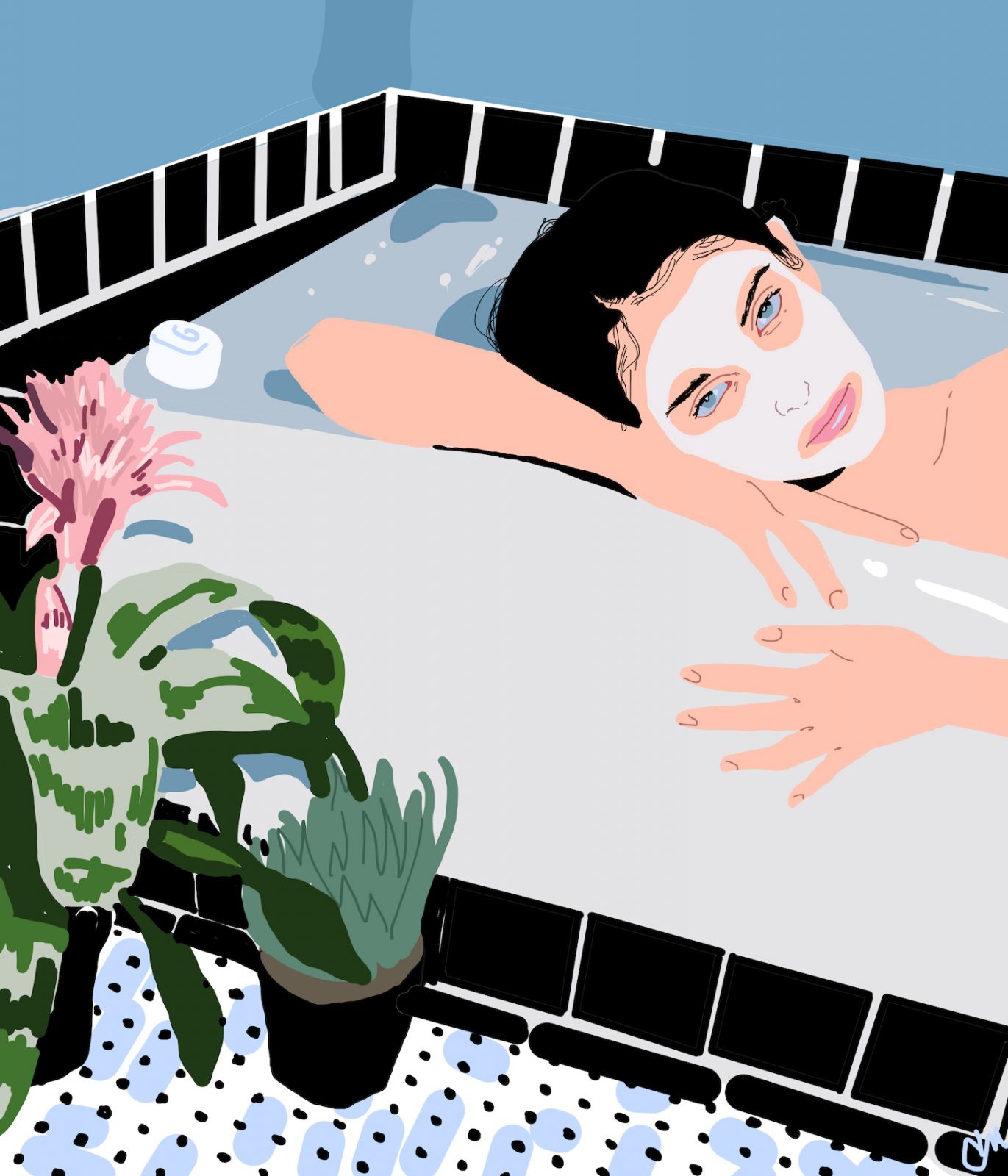
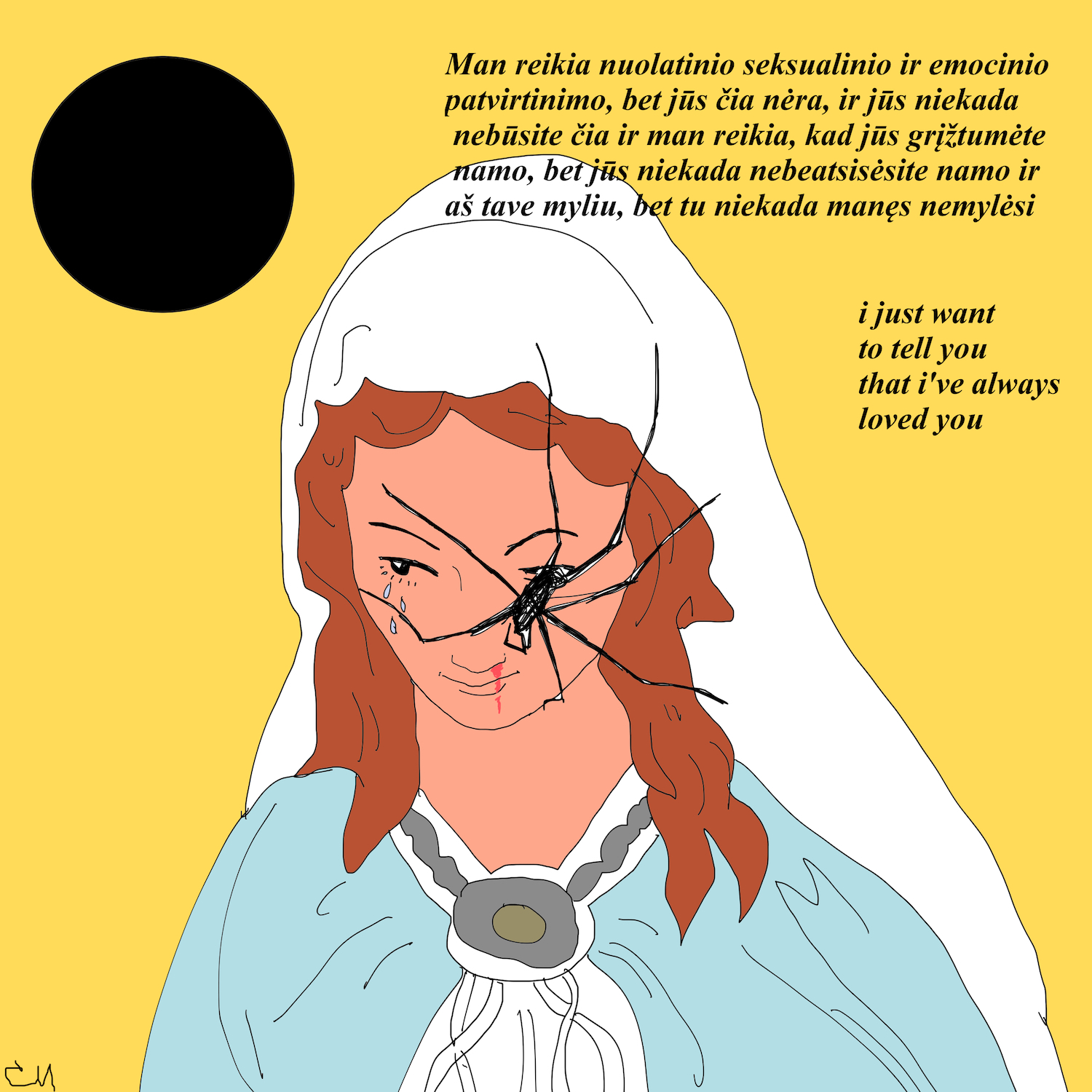
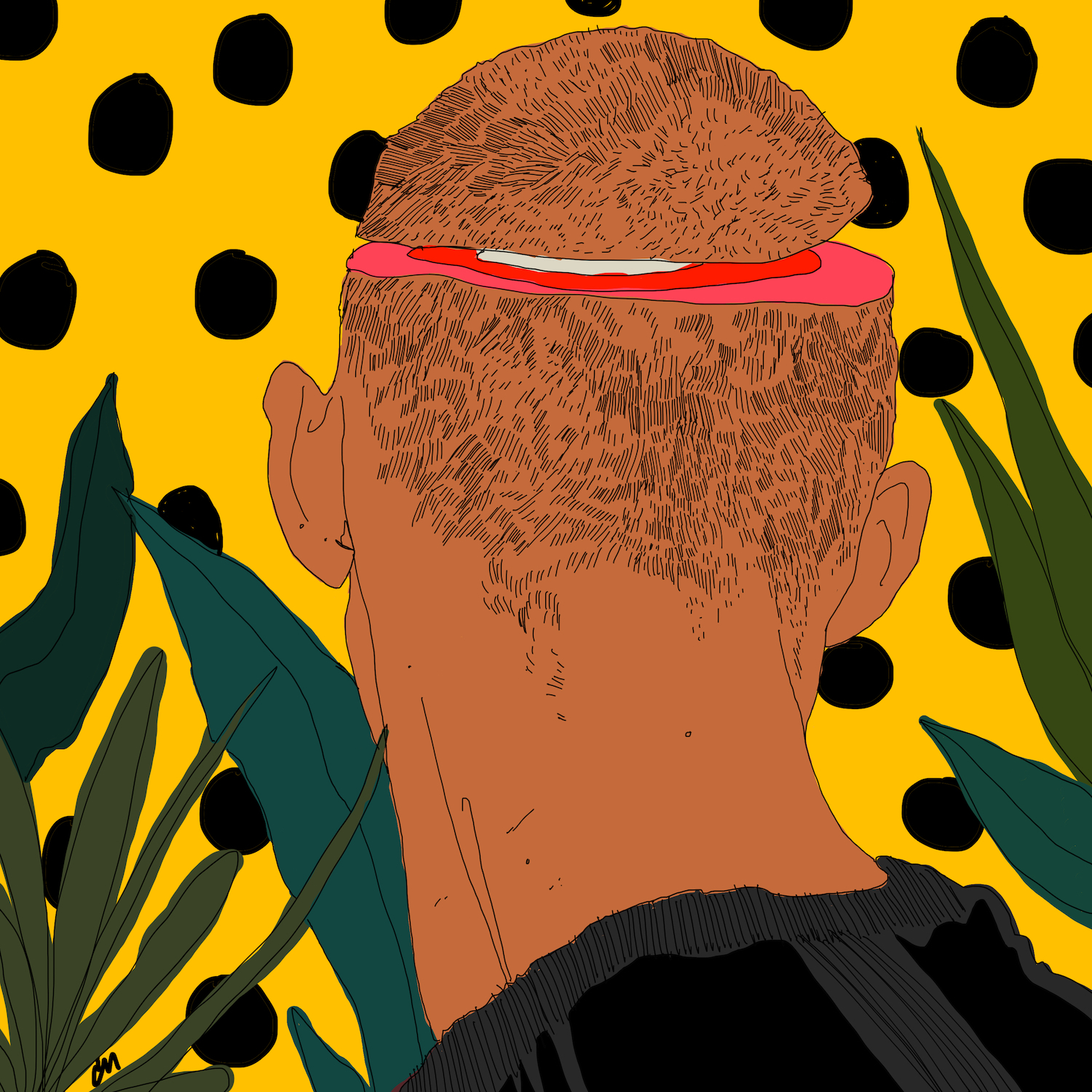
Comments